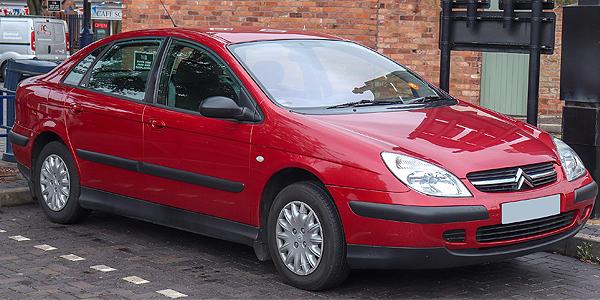Citroen C5 Vehicle Information
The first generation C5 was available as a five door hatchback or five door estate styles only. Unlike its predecessors, the C5 was a hatchback with a three box notchback design and a hatch. This form actually disguised the hatch, so Citroen had completely reversed the design philosophy from the fastback saloon era of Robert Opron. Production commenced in the end of 2000. Sales in the United Kingdom commenced in April 2001.
Power came from 1.8 and 2.0 litre straight-4 and 3.0 litre V6 petrol engines, as well as 1.6, 2.0 and 2.2 litre direct injection diesel engines. The first generation C5 was the last Citroen developed under the chairmanship of Jacques Calvet (1982 - 1999). The C5 had a further development of Citroen's hydropneumatic suspension, now called Hydractive 3.
The major change with this system was the use of electronic sensors to replace the mechanical height correctors seen in all previous hydropneumatic cars. This allowed the suspension computer to automatically control ride height: at high speed the suspension is lowered to reduce drag and at low speeds on bumpy roads the ride height is raised.
Manual control of ride height was retained, though it was overridden by the computer if the car was driven at an inappropriate speed for the selected height. Certain cars also featured the computer controlled ride stiffness, called Hydractive 3+.
Source: Wikipedia
Citroen C5 DC / DE Free Download PDF Factory Service Manual / Repair Manual
Model Years: 2000 to 2007 Chassis Code(s): DC / DE 1 Workshop Manual Available (See Below)

Citroen C5 Workshop Service Manual : 2000 - 2007 [Chassis: DC DE]
Citroen workshop service manual for the Citroen C5 built from 2000 to 2007. Covers models with the DC / DE chassis type. This manual details all repairs and maintenance details for the mechanical systems including driveline (engine, gearbox, front axles), suspension systems, braking systems and steering components along with body, chassis and electrical systems including body panels, glass replacement, bumpers, interior components, lighting systems and electrical wiring including wiring diagrams. Diagnostic advice is also provided.